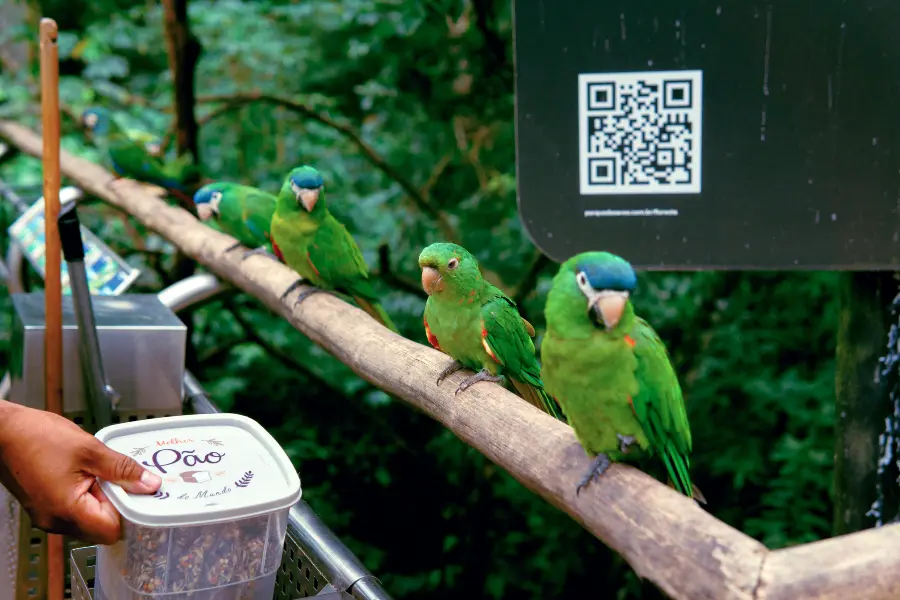How QR Codes are Making Cities Smarter
Published on

The Urban Interface: Connecting Citizens to Their City
What makes a city "smart"? A smart city is one that uses technology and data to improve the quality of life for its residents, enhance sustainability, and make urban services more efficient. While this often involves complex networks and sensors, one of the simplest and most effective tools in the smart city toolkit is the humble QR code. Using smart city QR codes is a low-cost, high-impact way to create a seamless interface between citizens and their urban environment.
From simplifying public transport to enriching historical landmarks and streamlining civic services, QR codes are quietly making our cities more accessible, interactive, and responsive. This guide explores the many ways this technology is helping to build the cities of the future.
1. Revolutionizing Public Transportation
QR codes are transforming the public transit experience. Instead of deciphering confusing timetables, commuters can now find QR codes at bus stops, tram stations, and subway platforms. A quick scan can provide:
- Real-Time Arrival Information: Link to a live map showing exactly where the next bus or train is and its estimated arrival time.
- Digital Ticketing: Allow users to purchase a ticket directly on their phone, which they can then present to the driver or a conductor.
- Route Maps and Planners: Link to a journey planner that helps users figure out the best route to their destination.
2. Bringing History to Life on City Streets
Cities are rich with history, but a small metal plaque on a historic building can only say so much. Municipalities are now placing QR codes on landmarks, monuments, and historical markers. When a tourist or a curious resident scans the code, they can be taken to a webpage with:
- A detailed history of the building or location.
- Archival photos and videos showing what the spot looked like in the past.
- Audio commentary from a local historian.
- A self-guided historical walking tour of the neighborhood.
3. Enhancing Parks and Public Spaces
QR codes can turn a simple walk in the park into an educational and interactive experience.
- On Trail Markers: Link to a trail map, information about the trail's difficulty, or points of interest along the way.
- On Trees and Plants (Arboretums): In botanical gardens or parks, a QR code on a specific tree or plant can link to detailed information about that species.
- On Park Benches or Statues: Link to information about the person the bench is dedicated to or the story behind the statue.
4. Streamlining Civic Services and Reporting
One of the core functions of a smart city is improving the relationship between citizens and municipal services. Smart city QR codes make this process more efficient.
- Reporting Issues: A QR code on a streetlight, a public waste bin, or a piece of playground equipment can link directly to a public works reporting form. A citizen can scan the code, and the form will already know the exact location of the item, allowing the user to quickly report that the light is out or the bin is full.
- Accessing Public Information: A QR code on a public notice board can link to the full details of a proposed zoning change or the agenda for a city council meeting.
- Recycling and Waste Management: A code on a recycling bin can link to a clear guide on what can and cannot be recycled in that specific municipality, reducing contamination.
5. Promoting Local Businesses and Tourism
Cities can use QR codes as part of a "Shop Local" campaign. A network of QR codes in a downtown shopping district could link to a directory of local businesses, special offers for tourists, or a calendar of local events. It’s a way to use public spaces to actively support the local economy.
The Benefits of a QR Code-Powered Smart City
| Benefit | Example |
|---|---|
| Increased Accessibility | A QR code can provide information in multiple languages or via audio for visually impaired citizens. |
| Improved Citizen Engagement | Makes it easy for residents to report issues and access information, fostering a stronger sense of community ownership. |
| Cost-Efficiency | It is far cheaper to deploy and update information via QR codes than to constantly replace physical signage. |
| Data-Driven Decisions | By tracking scans (with dynamic codes), cities can see which landmarks or services are most popular, helping to inform future planning. |
Conclusion: A More Connected Urban Fabric
Smart city QR codes are a perfect example of how simple, accessible technology can have a profound impact on urban life. They empower citizens with instant access to relevant, context-specific information, making the city easier to navigate, more interesting to explore, and more efficient to manage. By weaving this digital layer into the physical fabric of the city, municipalities can create a more responsive, inclusive, and intelligent environment for everyone.
The future of our cities is not just about big data and complex networks; it's also about the simple, human-scale technologies that connect us to the places we call home. To create these foundational links, any organization can start for free at QRDesigner.com.
